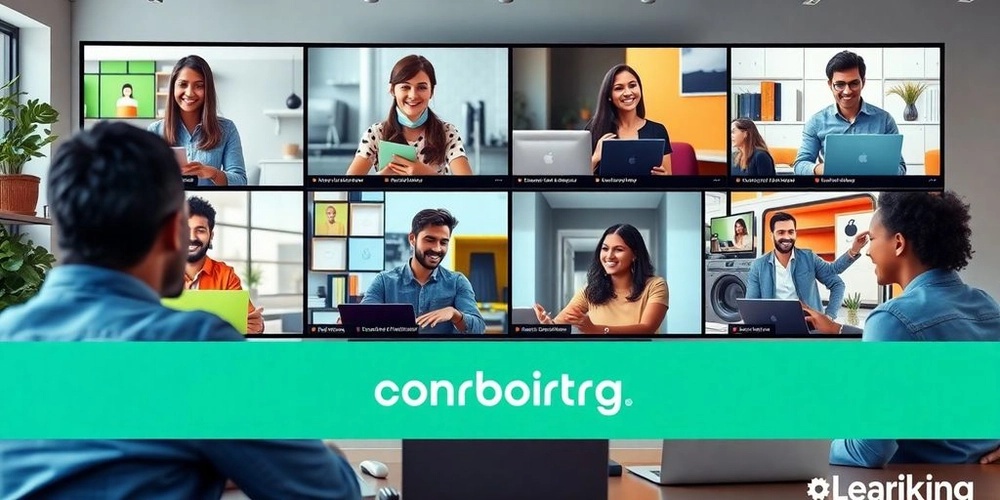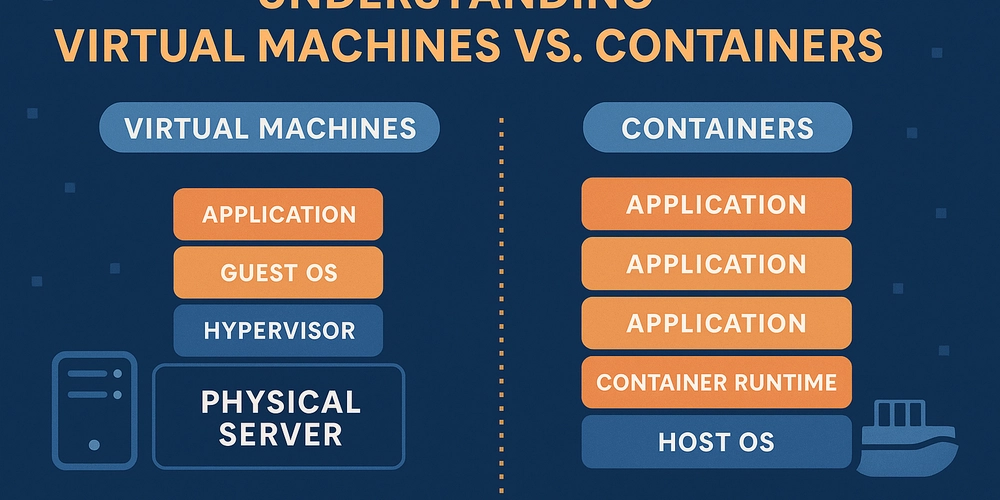Mastering Virtual Onboarding: Insights from 360Learning's Approach
In an era where remote work is becoming the norm, effective onboarding for new developers is crucial for retention and productivity. 360Learning, a collaborative learning platform, has developed a comprehensive virtual onboarding process that not only welcomes new hires but also sets them up for success in their roles. Key Takeaways Effective onboarding can significantly reduce employee turnover. A structured three-phase onboarding process enhances new hire experience. Incorporating social interactions fosters team cohesion in a remote environment. The Importance of Onboarding Research indicates that a staggering 33% of employees leave their jobs within the first 90 days, often due to ineffective onboarding. Conversely, well-structured onboarding programs can increase retention rates by up to 69%. This is particularly vital in the tech industry, where competition for talent is fierce. 360Learning's Three-Phase Onboarding Process 360Learning has streamlined its onboarding into three distinct phases: Preboarding This phase occurs before the new hire's first day and focuses on logistics and communication. Key activities include: Induction The induction phase lasts two days and includes: Role-Specific Onboarding This phase is tailored to the specific role of the new hire, allowing them to understand their contributions and responsibilities. Best Practices for Virtual Onboarding Based on their experiences, 360Learning has identified several best practices for effectively onboarding new developers: Assign an Onboarding Coach Each new hire is paired with an onboarding coach to provide guidance and support. Create Virtual Social Moments Organizing virtual drinks or meals helps new hires feel connected to the team. Outline Career Path Expectations Clearly communicate opportunities for growth and development within the company. Encourage Networking Facilitate connections through organized meet-ups with team members from different departments. Provide Timely Feedback Regular feedback sessions help align expectations and assess fit early on. Set Micro-Goals Establish small, achievable goals to track progress and performance during the onboarding period. Indicate Time to Complete Modules Clearly state the expected time for each onboarding module to help new hires manage their schedules. Balance Communication Styles Use a mix of synchronous and asynchronous communication to cater to different learning preferences. Investing in Onboarding 360Learning emphasizes that investing in a robust onboarding process is essential for enhancing employee retention and satisfaction. By prioritizing effective onboarding, companies can ensure that new hires feel welcomed, supported, and prepared to contribute to their teams from day one. This proactive approach not only benefits the employees but also strengthens the organization as a whole.

In an era where remote work is becoming the norm, effective onboarding for new developers is crucial for retention and productivity. 360Learning, a collaborative learning platform, has developed a comprehensive virtual onboarding process that not only welcomes new hires but also sets them up for success in their roles.
Key Takeaways
- Effective onboarding can significantly reduce employee turnover.
- A structured three-phase onboarding process enhances new hire experience.
- Incorporating social interactions fosters team cohesion in a remote environment.
The Importance of Onboarding
Research indicates that a staggering 33% of employees leave their jobs within the first 90 days, often due to ineffective onboarding. Conversely, well-structured onboarding programs can increase retention rates by up to 69%. This is particularly vital in the tech industry, where competition for talent is fierce.
360Learning's Three-Phase Onboarding Process
360Learning has streamlined its onboarding into three distinct phases:
- Preboarding This phase occurs before the new hire's first day and focuses on logistics and communication. Key activities include:
- Induction The induction phase lasts two days and includes:
- Role-Specific Onboarding This phase is tailored to the specific role of the new hire, allowing them to understand their contributions and responsibilities.
Best Practices for Virtual Onboarding
Based on their experiences, 360Learning has identified several best practices for effectively onboarding new developers:
- Assign an Onboarding Coach Each new hire is paired with an onboarding coach to provide guidance and support.
- Create Virtual Social Moments Organizing virtual drinks or meals helps new hires feel connected to the team.
- Outline Career Path Expectations Clearly communicate opportunities for growth and development within the company.
- Encourage Networking Facilitate connections through organized meet-ups with team members from different departments.
- Provide Timely Feedback Regular feedback sessions help align expectations and assess fit early on.
- Set Micro-Goals Establish small, achievable goals to track progress and performance during the onboarding period.
- Indicate Time to Complete Modules Clearly state the expected time for each onboarding module to help new hires manage their schedules.
- Balance Communication Styles Use a mix of synchronous and asynchronous communication to cater to different learning preferences.
Investing in Onboarding
360Learning emphasizes that investing in a robust onboarding process is essential for enhancing employee retention and satisfaction. By prioritizing effective onboarding, companies can ensure that new hires feel welcomed, supported, and prepared to contribute to their teams from day one. This proactive approach not only benefits the employees but also strengthens the organization as a whole.








































































































































































![[The AI Show Episode 145]: OpenAI Releases o3 and o4-mini, AI Is Causing “Quiet Layoffs,” Executive Order on Youth AI Education & GPT-4o’s Controversial Update](https://www.marketingaiinstitute.com/hubfs/ep%20145%20cover.png)













































































































![[Você sabia?] Você já usa Singleton no seu app React sem perceber](https://media2.dev.to/dynamic/image/width=800%2Cheight=%2Cfit=scale-down%2Cgravity=auto%2Cformat=auto/https%3A%2F%2Fdev-to-uploads.s3.amazonaws.com%2Fuploads%2Farticles%2Fotjng15u96co04g0b2fs.gif)













![[FREE EBOOKS] Learn Computer Forensics — 2nd edition, AI and Business Rule Engines for Excel Power Users & Four More Best Selling Titles](https://www.javacodegeeks.com/wp-content/uploads/2012/12/jcg-logo.jpg)





![From Art School Drop-out to Microsoft Engineer with Shashi Lo [Podcast #170]](https://cdn.hashnode.com/res/hashnode/image/upload/v1746203291209/439bf16b-c820-4fe8-b69e-94d80533b2df.png?#)









































































































(1).jpg?#)































_Inge_Johnsson-Alamy.jpg?width=1280&auto=webp&quality=80&disable=upscale#)









































































































![AirPods 4 On Sale for $99 [Lowest Price Ever]](https://www.iclarified.com/images/news/97206/97206/97206-640.jpg)

![Apple Developing AI 'Vibe-Coding' Assistant for Xcode With Anthropic [Report]](https://www.iclarified.com/images/news/97200/97200/97200-640.jpg)
![Apple's New Ads Spotlight Apple Watch for Kids [Video]](https://www.iclarified.com/images/news/97197/97197/97197-640.jpg)
































































































![[AWS][Update]Amazon Route 53 Profiles now supports VPC endpoints](https://media2.dev.to/dynamic/image/width=800%2Cheight=%2Cfit=scale-down%2Cgravity=auto%2Cformat=auto/https%3A%2F%2Fdev-to-uploads.s3.amazonaws.com%2Fuploads%2Farticles%2Fkievlp34cqfcmla7dj6z.png)

